High-Performance Laser Diode Illuminators
The ldi family
The LDI is a multiline, solid-state laser illuminator offering up to 1000mW of output power via a multimode fiber at the price of a low power LED light engine. With feedback-controlled output stability and up to a 100:1 linear dynamic range, the LDI is the ideal light source for a wide range of applications including spinning disk confocal microscopy, structured illumination microscopy, FRAP, photoactivation / photoconversion, and PALM/STORM.
SCIENTIFIC APPLICATIONS
Our light engines can be deployed across a wide range of scientific applications and techniques including:
- Spinning Disk Confocal Microscopy with CrestOptics X-Light
- Super Resolution SIM Imaging with CrestOptics VCS or Live SR
- PALM/STORM
- Optogenetics with DLPs or Multiport Illuminator
- Photoactivation / Photoconversion / FRAP with RAPP GEO
- FRAP with SLM or Multiport Illuminator
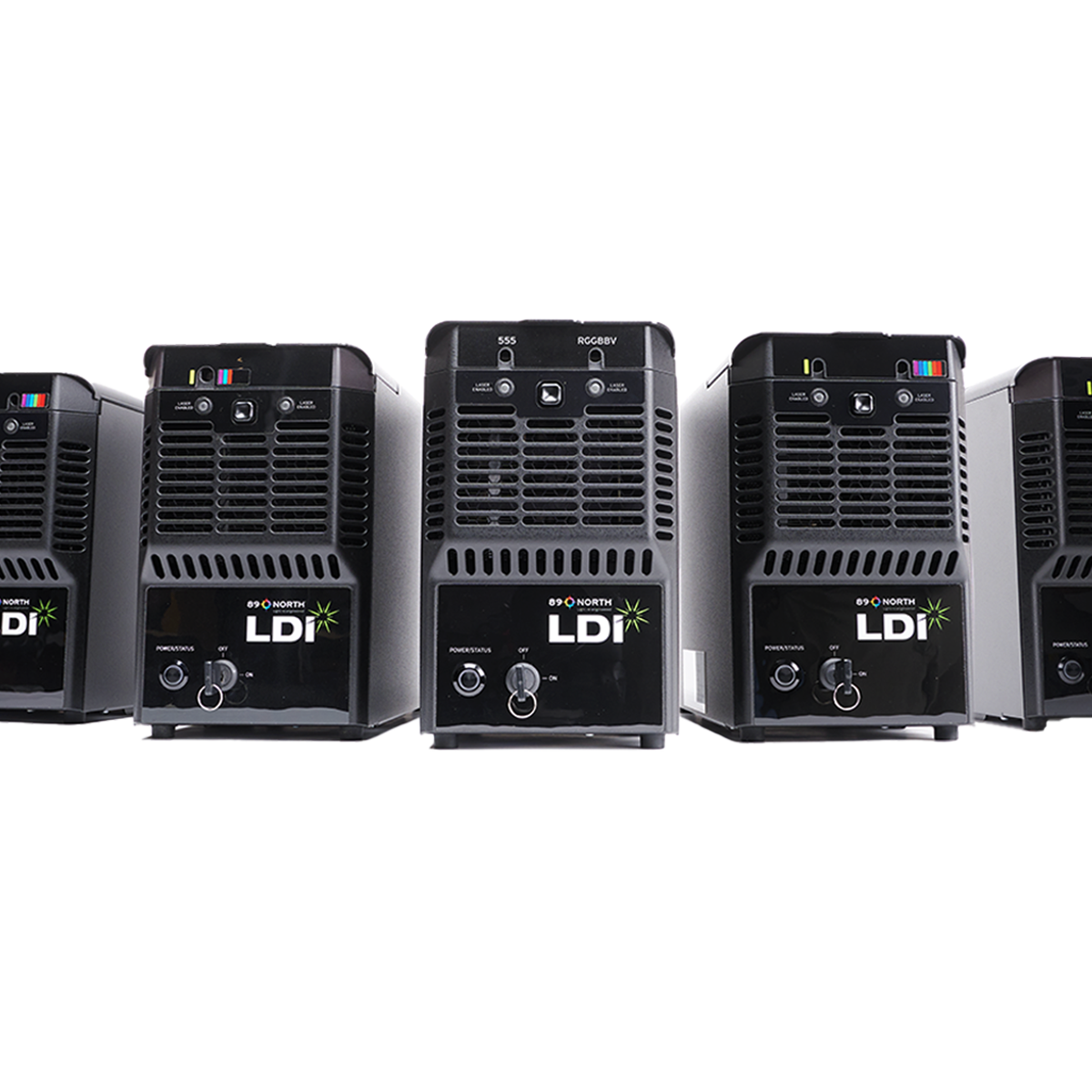
Our Light Engines Are Used Inside the Nation's Most Advanced Labs
Here are just a few of the prestigious institutions we serve:








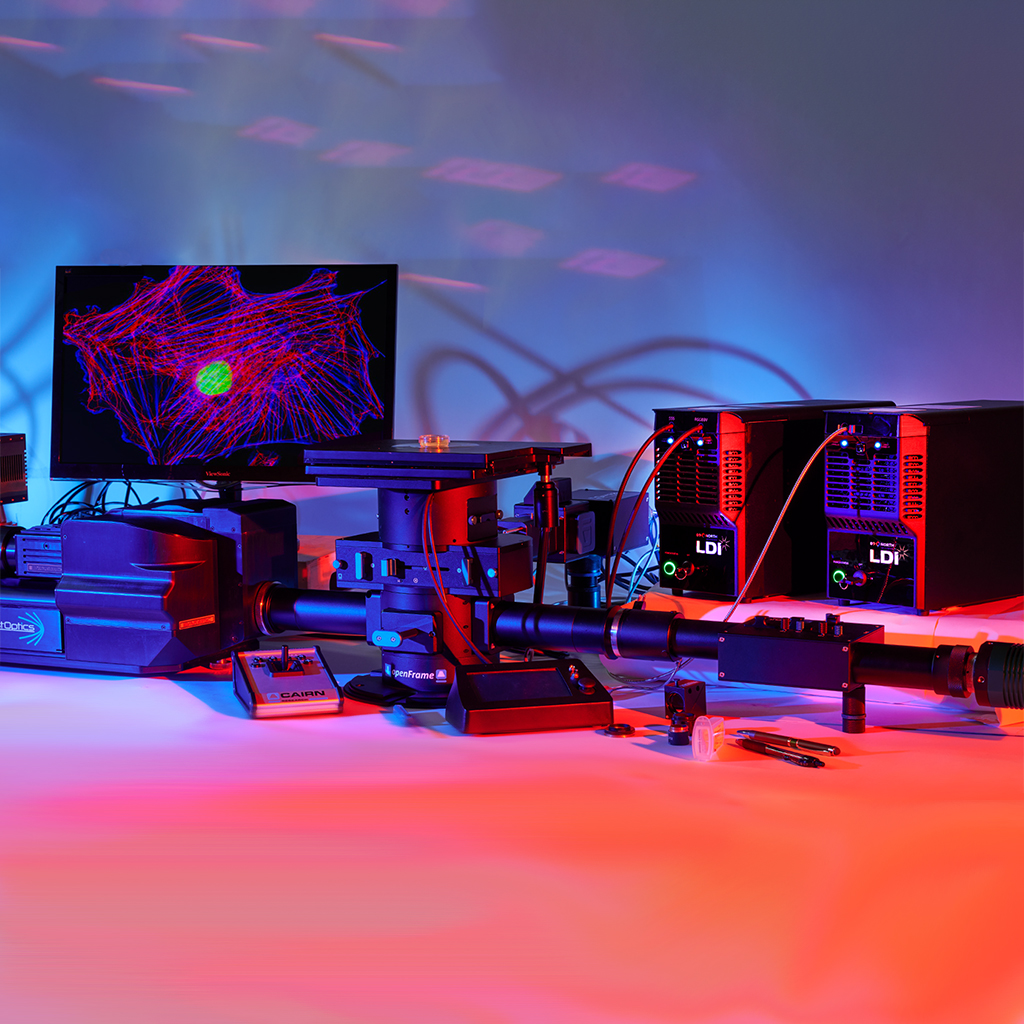
Features and Benefits
High output power
- Shorter exposures
- Faster imaging
- Faster activation times in optogenetics and photoactivation experiments
- Faster bleaching times in FRAP experiments
Feedback-controlled optical stability
- Quantitative imaging, ideally suited for ratiometric imaging
- More repeatable optogenetics experiments
ease of use
- Ability to turn power down when needed and maintain stability and quantitative imaging
- Up to 7 lines covers most of the standard fluorescence probes
- No user alignment
- Easy to use and maintain
89 north LDI Light Engine PRODUCT LINE OVERVIEW
We now offer a full range of LDI light engine products, including laser lines 488, 577 and into the NIR. Other laser lines are available upon request.
CHOOSE BETWEEN | CHOOSE BETWEEN | |||||||||
|---|---|---|---|---|---|---|---|---|---|---|
| 405nm | 445nm | 470nm | 488nm | 520nm | 528nm | 555nm | 577nm | 640nm | 730nm | |
| LDI-4 Series | 300 | 1000 | 1000 | 1000 | 700 | 400 | ||||
| LDI-5 Series | 450 | 1000 | 1000 | 1000 | 700 | 900 | 850 | |||
| LDI-7 Series | 300 | 1000 | 1000 | 1000 | 500 | 500 | 1000 | 700 | 400 | |
| LDI-NIR Series | 450 | 1000 | 1000 | 1000 | 500 | 1000 | 700 | 900 | 850 | |
| LDI-PRIME+ | 150 | 800 | 600 | 350 | ||||||
Units shown in the interior of the table above are milliwatts (mW)
+PRIME unit is a single 400μm core fiber optic output
20+ models available today. Small fiber options available.
Option to combine multiple LDIs into single output.
Table source: WC#01-01661-V13-RevB
Frequently Asked Questions (FAQs)
Here are answers to some of the most frequently asked questions we receive. Not seeing what you are looking for? >> Ask our engineers
The key factors to consider are: wavelength, power, delivery, repeatability, and cost. 89 North can deliver on all factors.
There are many differences but the four most important are:
- Small fiber size. The LDI is available in 100um, 400um, or larger fibers.
- Linearity. The LDI is an extremely useful light source for quantitative imagine, with linearity tracked internally from 1% to 100%.
- Specificity. The wavelengths of light from the LDI are not broad in spectrum line an LED. They are highly specific, which is critical for fluorescent illumination.
- Stability. The LDI is a very stable light source, which enables both accuracy any precision of light measurements.
Virtually none. The LDI ships fully aligned, and requires no regular alignment or cleaning.
Many factors, like wavelength, stability, and maintenance are critical issues that are often overlooked. Don’t just pay attention to cost, as all lasers are not the same.
Absolutely! The LDI is extremely stable, and linear from 1% to 100%.
The LDI is about the size of a small desktop computer. The dimensions are 12.5” x 9.2” x 5.75”, 318mm x 234mm x 146mm. You can find more specifications in the table at the top of the page.
The single most important thing to remember when setting up any laser light source is safety. Always review all documentation carefully, and consult your institution’s laser safety officer with any questions.
Our Light Engines Are Peer Reviewed in Scientific Publications
We have over 240 citations in the world’s most prestigious scientific publications.
-
Kyle Newton
Lateral line ablation by ototoxic compounds results in distinct rheotaxis profiles in larval zebrafish.
-
Barth D. Grant
Large vesicle extrusions from C. elegans neurons are consumed and stimulated by glial-like phagocytosis activity of the neighboring cell.
-
Adriana San-Miguel
Endogenous DAF-16 spatiotemporal activity quantitatively predicts lifespan extension induced by dietary restriction.
-
Heidi Hehnly
Rab11 endosomes and Pericentrin coordinate centrosome movement during pre-abscission in vivo
Request more information
We can help you select the right light engine for your needs. Note that we can work with you to configure a specialized range of laser lines and options.

Learn More About Our Individual LDI Products
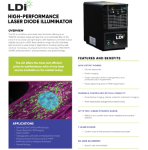
LDI FAMILY OVERVIEW
ONE SHEET
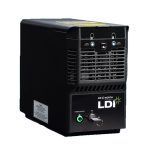
LDI-4 LASER DIODE
ILLUMINATOR

LDI-NIR LASER
DIODE ILLUMINATOR

LDI-PRIME LASER
DIODE ILLUMINATOR

LDI-7 LASER DIODE
ILLUMINATOR

LDI-5 LASER DIODE
ILLUMINATOR

LDI-4-488 SF LASER
DIODE ILLUMINATOR
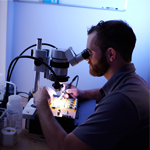
OEM CAPABILITIES

 Washington University in St. Louis
Washington University in St. Louis
 Rutgers University
Rutgers University
 NC State University
NC State University
 Syracuse University
Syracuse University
